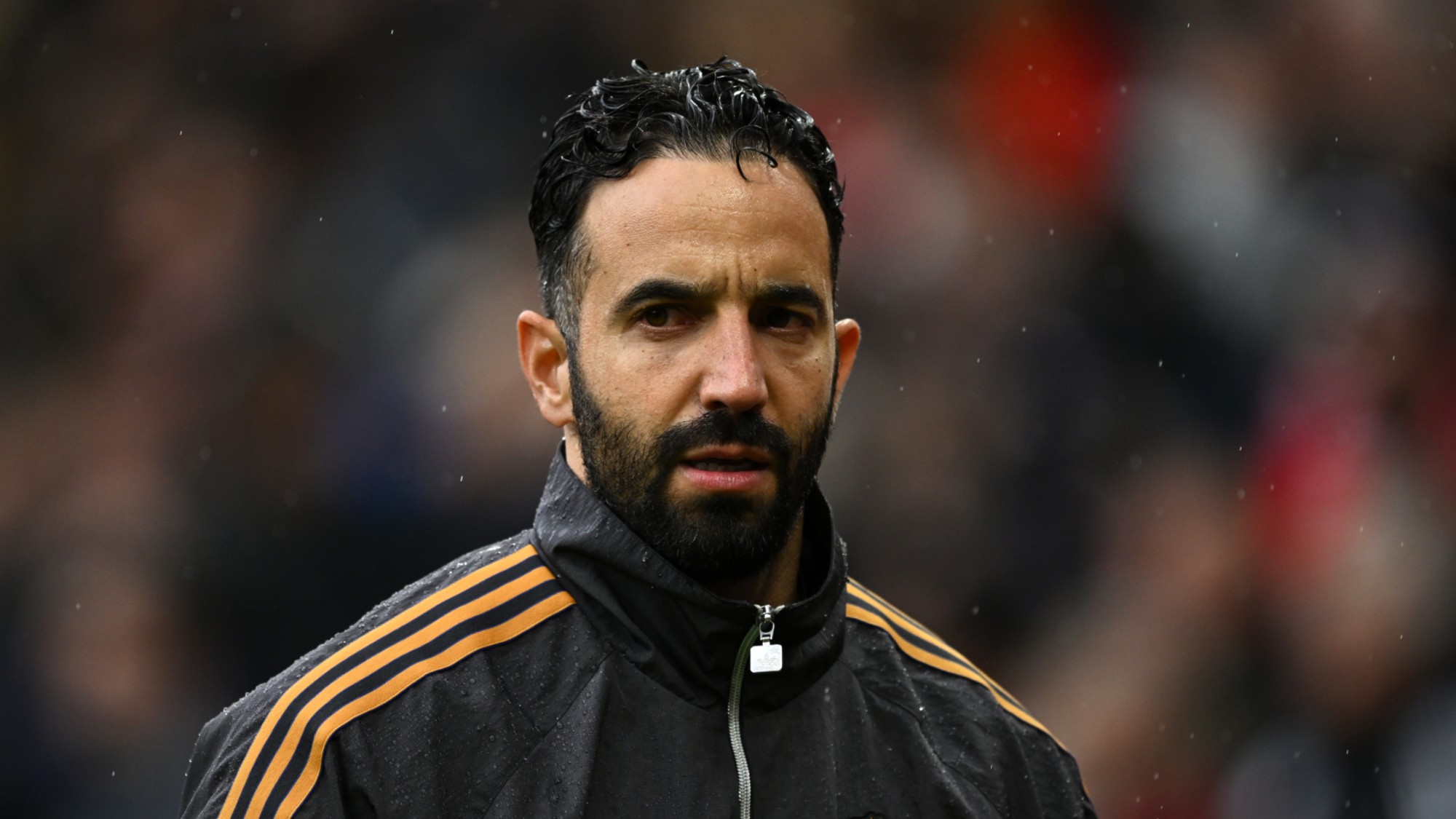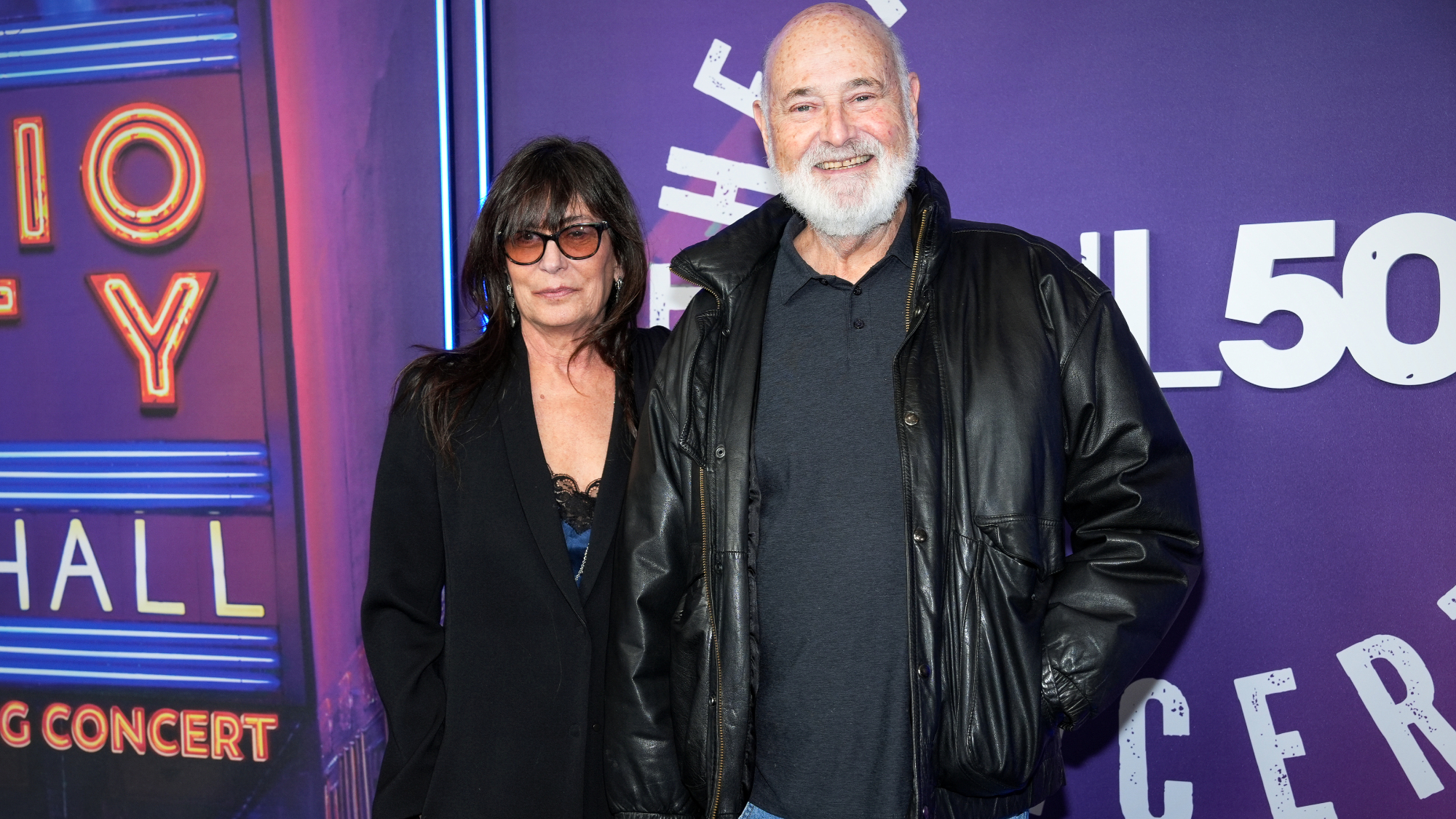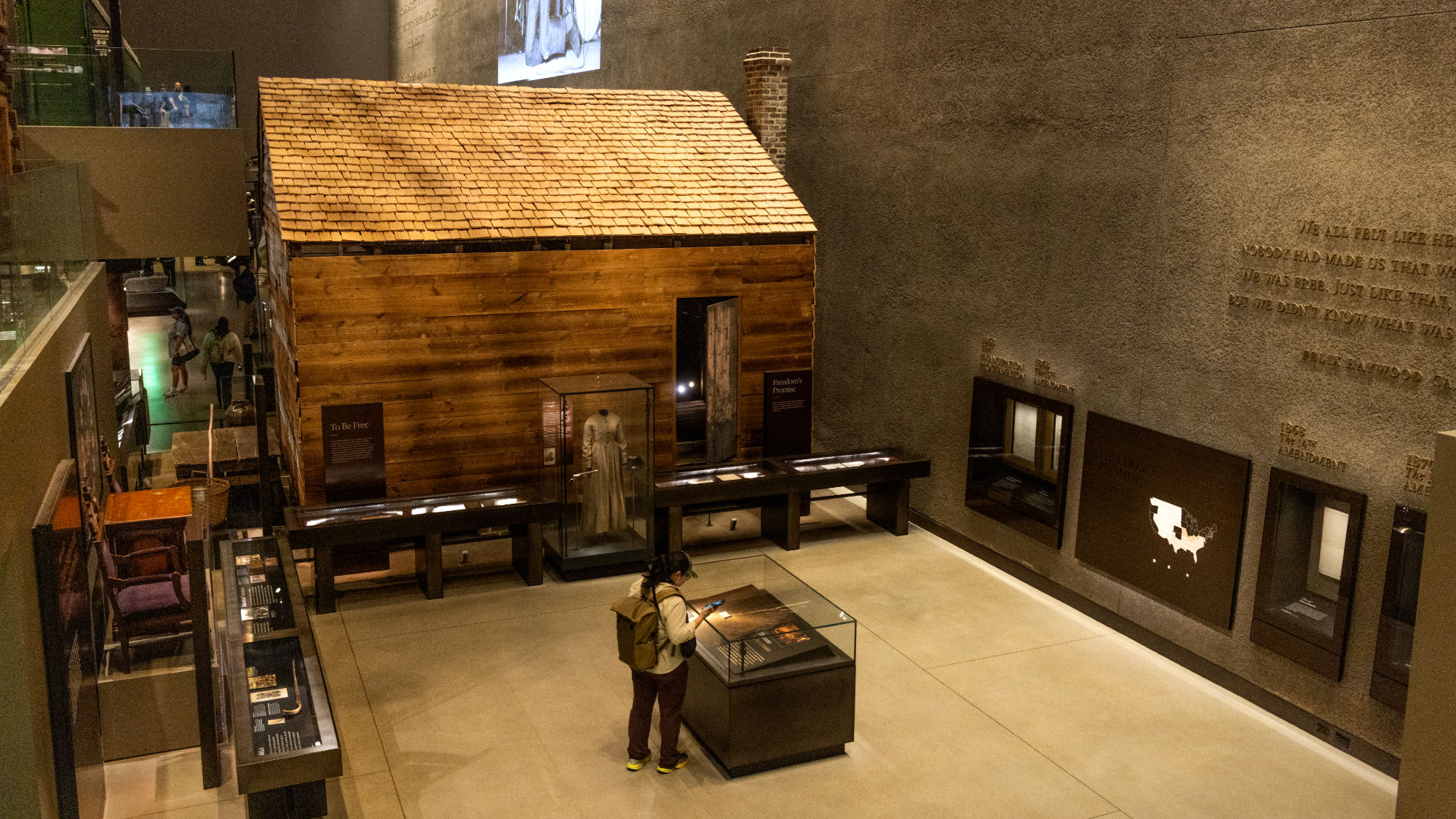Hurricane Ida destroyed New Orleans jazz landmark, '2nd home to the young Louis Armstrong'

Hurricane Ida, which made landfall near Port Fourchon, Louisiana, on Sunday had weakened to a tropical storm Monday morning but was still dumping dangerous quantities of rain as it moved across Mississippi at about 8 mph, with top sustained wins of 60 mph. Ida is blamed for a least one death in Prairieville, outside Baton Rouge, and it left more than a million people in Louisiana without electricity, including the entire city of New Orleans. President Biden approved a major disaster declaration for Louisiana on Sunday.
Ida hit New Orleans exactly 16 years to the day after Hurricane Katrina started battering the city, leaving much of it underwater and 1,800 residents dead. Officials say the levees have been greatly improved since 2005, but Ida left its mark. Orleans Parish said early Monday that its 911 system was down and New Orleans residents in need of emergency assistance should go to the nearest fire station or find a police officer.
The storm also felled the Karnofsky Store on South Rampart Street, one of the last remaining landmarks from early New Orleans jazz history.
The Week
Escape your echo chamber. Get the facts behind the news, plus analysis from multiple perspectives.

Sign up for The Week's Free Newsletters
From our morning news briefing to a weekly Good News Newsletter, get the best of The Week delivered directly to your inbox.
From our morning news briefing to a weekly Good News Newsletter, get the best of The Week delivered directly to your inbox.

Listed on the National Register of Historic Places, "the Karnofsky Store was, beginning in 1913, the shop, with residence above, of the Jewish family that provided a second home to the young Louis Armstrong," the National Park Service says. "He worked for the Karnofskies on their coal and junk wagons, tooting "a small tin horn," and ate meals with the family, either in their earlier home on Girod Street or here, or maybe both. The Karnofskys loaned Armstrong money for his first cornet. ... Morris Karnofsky, the son of the family and Armstrong's boyhood friend, opened the first jazz record store in town, Morris Music."
A free daily email with the biggest news stories of the day – and the best features from TheWeek.com
Peter has worked as a news and culture writer and editor at The Week since the site's launch in 2008. He covers politics, world affairs, religion and cultural currents. His journalism career began as a copy editor at a financial newswire and has included editorial positions at The New York Times Magazine, Facts on File, and Oregon State University.
-
 The rise of runcations
The rise of runcationsThe Week Recommends Lace up your running shoes and hit the trails on your next holiday
-
 Amorim follows Maresca out of Premier League after ‘awful’ season
Amorim follows Maresca out of Premier League after ‘awful’ seasonIn the Spotlight Manchester United head coach sacked after dismal results and outburst against leadership, echoing comments by Chelsea boss when he quit last week
-
 ‘Jumping genes': How polar bears are rewiring their DNA to survive the warming Arctic
‘Jumping genes': How polar bears are rewiring their DNA to survive the warming ArcticUnder the radar The species is adapting to warmer temperatures
-
 ‘One Battle After Another’ wins Critics Choice honors
‘One Battle After Another’ wins Critics Choice honorsSpeed Read Paul Thomas Anderson’s latest film, which stars Leonardo DiCaprio, won best picture at the 31st Critics Choice Awards
-
 Son arrested over killing of Rob and Michele Reiner
Son arrested over killing of Rob and Michele ReinerSpeed Read Nick, the 32-year-old son of Hollywood director Rob Reiner, has been booked for the murder of his parents
-
 Rob Reiner, wife dead in ‘apparent homicide’
Rob Reiner, wife dead in ‘apparent homicide’speed read The Reiners, found in their Los Angeles home, ‘had injuries consistent with being stabbed’
-
 Hungary’s Krasznahorkai wins Nobel for literature
Hungary’s Krasznahorkai wins Nobel for literatureSpeed Read László Krasznahorkai is the author of acclaimed novels like ‘The Melancholy of Resistance’ and ‘Satantango’
-
 Primatologist Jane Goodall dies at 91
Primatologist Jane Goodall dies at 91Speed Read She rose to fame following her groundbreaking field research with chimpanzees
-
 Florida erases rainbow crosswalk at Pulse nightclub
Florida erases rainbow crosswalk at Pulse nightclubSpeed Read The colorful crosswalk was outside the former LGBTQ nightclub where 49 people were killed in a 2016 shooting
-
 Trump says Smithsonian too focused on slavery's ills
Trump says Smithsonian too focused on slavery's illsSpeed Read The president would prefer the museum to highlight 'success,' 'brightness' and 'the future'
-
 Trump to host Kennedy Honors for Kiss, Stallone
Trump to host Kennedy Honors for Kiss, StalloneSpeed Read Actor Sylvester Stallone and the glam-rock band Kiss were among those named as this year's inductees
